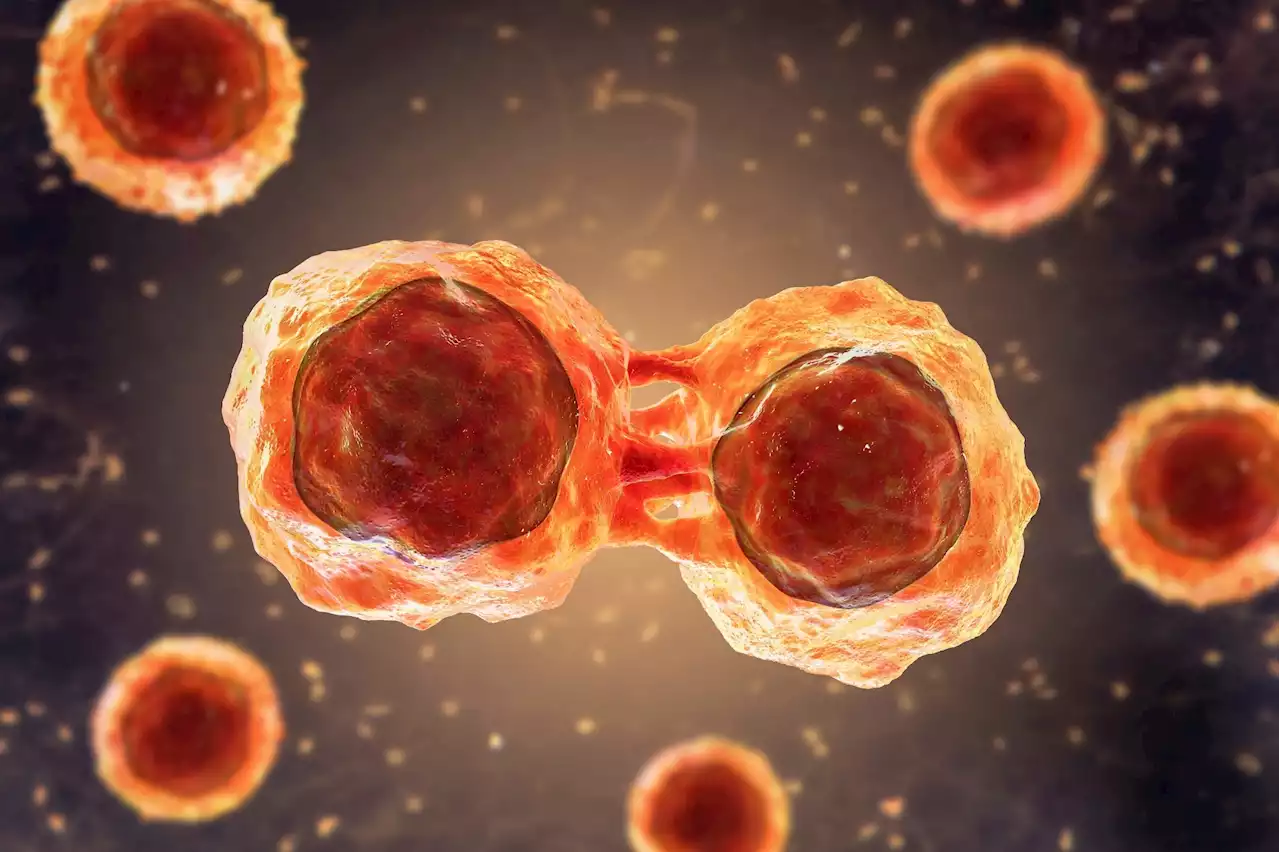Rational treatment strategies for SARS-CoV-2 derived from human pluripotent stem cells models SARSCoV2 StemCells Coronavirus Disease COVID biorxivpreprint UniMelb MCRI_for_kids MonashUni Sydney_Uni WEHI_research RCHMelbourne TheDohertyInst
Study: Parallel use of pluripotent human stem cell lung and heart models provide new insights for treatment of SARS-CoV-2. Image Credit: Kateryna Kon / Shutterstock
The SARS-CoV-2 S protein initiates infection by binding to the angiotensin-converting enzyme 2 receptor on the host cell surface. Host cell proteases such as furin cleave the S protein into two subunits — S1 and S2. The subsequent fusion of the viral and host cell membranes requires the cleavage of S1 from S2 by serine proteases or cathepsins.
The team used clustered regularly interspaced short palindromic repeats -associated protein 9 mediated knockout of the ACE2 receptor to understand its importance in SARS-CoV-2 infection. Additionally, small molecule inhibitors were used to tease out the different mechanisms of viral entry. They also used phosphoproteomics and transcriptome profiling to understand differences in cellular responses during SARS-CoV-2 infections.
Aborted SARS-CoV-2 infection in knockout ACE2 lung and heart cells demonstrated that ACE2 receptors were essential for viral infection. However, using a combination of anti-ACE2 antibodies blocked SARS-CoV-2 infection in lung and heart tissue, but low doses of anti-ACE2 antibodies prevented viral infection only in cardiac cells.
United Kingdom Latest News, United Kingdom Headlines
Similar News:You can also read news stories similar to this one that we have collected from other news sources.
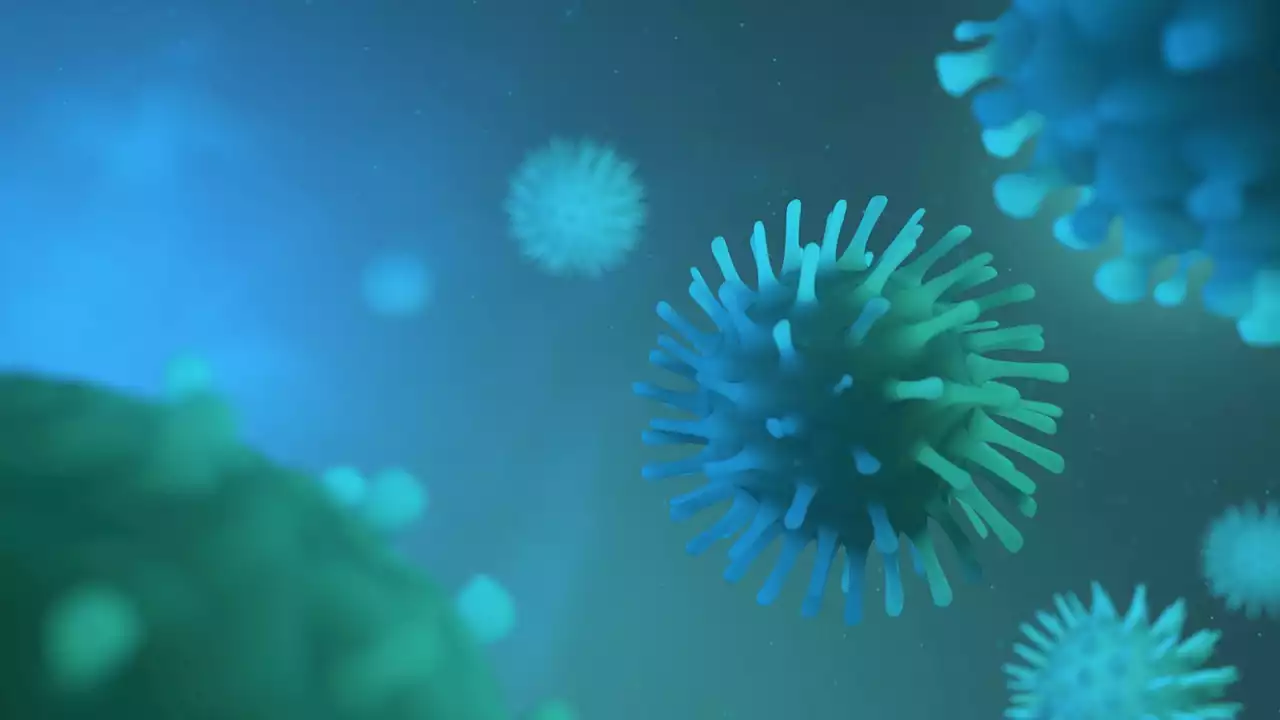 Study characterizes immunological signature of SARS-CoV-2 infection in childrenA recent study has demonstrated that the clinical severity of COVID-19 in children depends on the dynamics of immune response induced by SARS-CoV-2 infection.
Study characterizes immunological signature of SARS-CoV-2 infection in childrenA recent study has demonstrated that the clinical severity of COVID-19 in children depends on the dynamics of immune response induced by SARS-CoV-2 infection.
Read more »
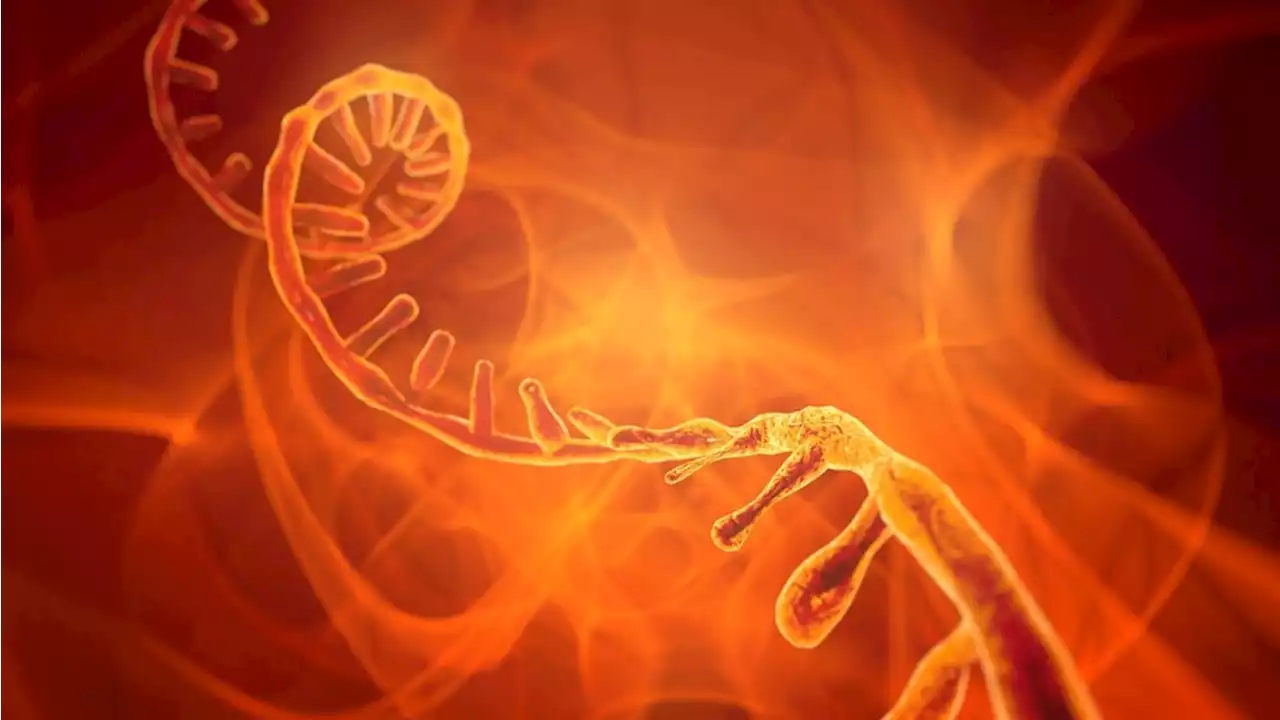 Study investigates long-range RNA-RNA interactions of SARS-CoV-2Researchers explored RRIs [long-range ribonucleic acid (RNA)-RNA interactions] in SARS-CoV-2 variants of concern genomes to assess evolutionary changes in SARS-CoV-2.
Study investigates long-range RNA-RNA interactions of SARS-CoV-2Researchers explored RRIs [long-range ribonucleic acid (RNA)-RNA interactions] in SARS-CoV-2 variants of concern genomes to assess evolutionary changes in SARS-CoV-2.
Read more »
 Systemic inflammation triggered by SARS-CoV-2 found to cause human testicular injuryIn a new study, a team of researchers demonstrated that testicular injury in humans is not due to direct SARS-CoV-2 infection but more likely is an indirect effect of exposure to systemic inflammation or SARS-CoV-2 antigens.
Systemic inflammation triggered by SARS-CoV-2 found to cause human testicular injuryIn a new study, a team of researchers demonstrated that testicular injury in humans is not due to direct SARS-CoV-2 infection but more likely is an indirect effect of exposure to systemic inflammation or SARS-CoV-2 antigens.
Read more »
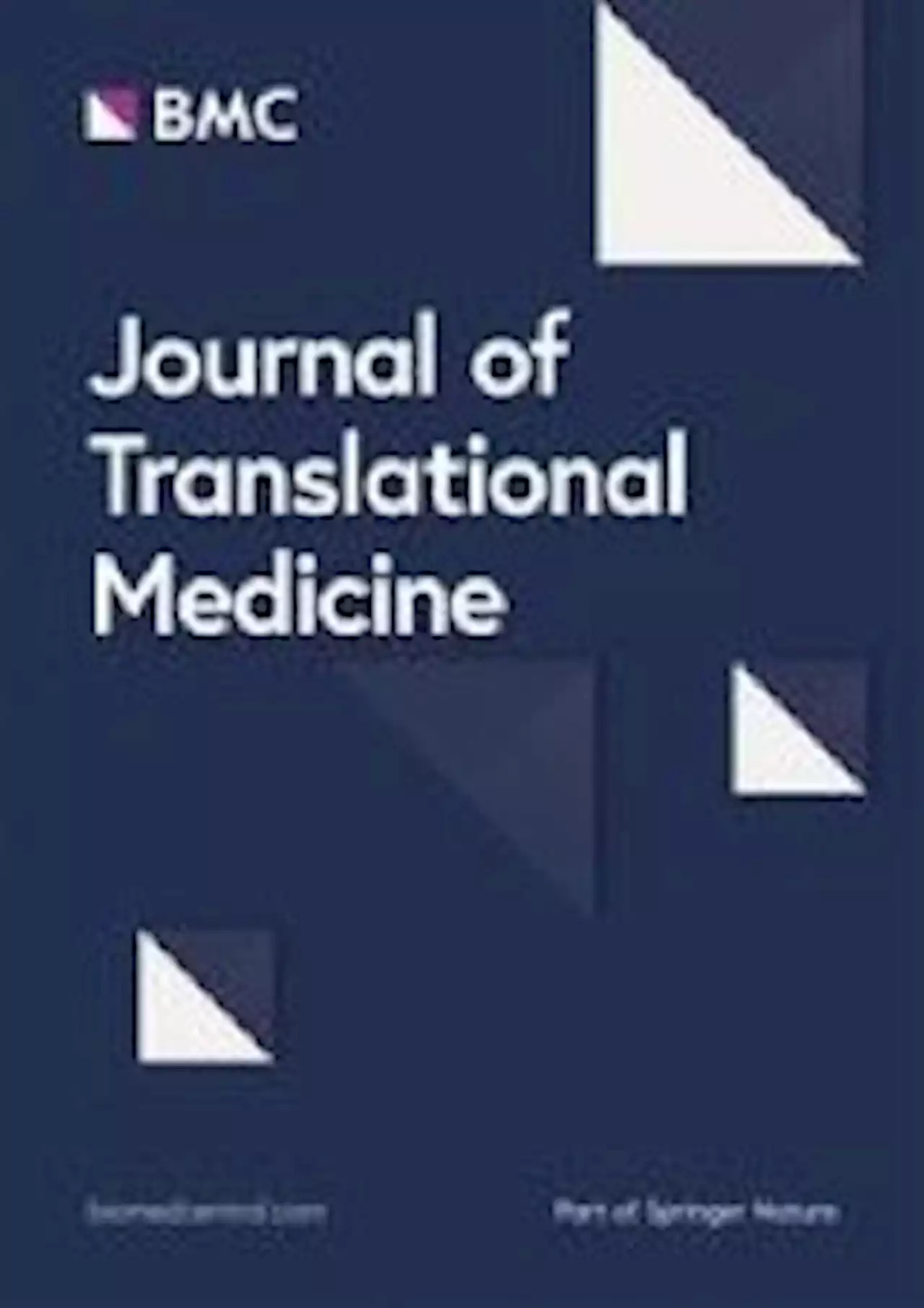 Long-term neuromuscular consequences of SARS-Cov-2 and their similarities with myalgic encephalomyelitis/chronic fatigue syndrome: results of the retrospective CoLGEM study - Journal of Translational MedicineBackground Patients with long-COVID often complain of continuous fatigue, myalgia, sleep problems, cognitive dysfunction, and post-exertional malaise. No data are available on EMG recording of evoked myopotentials (M-waves) or exercise-induced alterations in long-COVID patients, providing evidence of muscle membrane fatigue. Myalgic encephalomyelitis/chronic fatigue syndrome (ME/CFS) develops in more than half of patients after an infectious disease, particularly viral diseases. A large proportion (around 70%) of these patients have neuromuscular disorders with M-wave alterations during and after exercise. Our hypothesis was that M-wave alterations would be also found in long-COVID patients, in association with neuromuscular symptoms, similar to ME/CFS. Methods This retrospective observational ColGEM (Covid LonG Encéphalomyelite Myalgique) study compared 59 patients with long-COVID and 55 ME/CFS patients with a history of severe infection who presented before the COVID pandemic. All of these patients underwent the same protocol consisting of a questionnaire focusing on neural and neuromuscular disorders and M-wave recording in the rectus femoris muscle before, during, and 10 min after a progressive cycling exercise. Maximal handgrip strength (MHGS) and maximal exercise power were also measured. The frequency of symptoms and magnitude of M-wave changes in the two groups were compared using non-parametric and parametric tests. Results The frequency of fatigue, myalgia, sleep problems, cognitive dysfunction, and post-exertional malaise as well as the magnitude of exercise-induced M-wave alterations were the same in the two groups. By contrast, digestive problems were less present in long-COVID. M-wave alterations were greater in ME/CFS patients as in those with long-COVID when the highest muscle strength and highest exercise performance were measured. Conclusions These high clinical and biological similarities between long-COVID and ME/CFS support the hypothesis that S
Long-term neuromuscular consequences of SARS-Cov-2 and their similarities with myalgic encephalomyelitis/chronic fatigue syndrome: results of the retrospective CoLGEM study - Journal of Translational MedicineBackground Patients with long-COVID often complain of continuous fatigue, myalgia, sleep problems, cognitive dysfunction, and post-exertional malaise. No data are available on EMG recording of evoked myopotentials (M-waves) or exercise-induced alterations in long-COVID patients, providing evidence of muscle membrane fatigue. Myalgic encephalomyelitis/chronic fatigue syndrome (ME/CFS) develops in more than half of patients after an infectious disease, particularly viral diseases. A large proportion (around 70%) of these patients have neuromuscular disorders with M-wave alterations during and after exercise. Our hypothesis was that M-wave alterations would be also found in long-COVID patients, in association with neuromuscular symptoms, similar to ME/CFS. Methods This retrospective observational ColGEM (Covid LonG Encéphalomyelite Myalgique) study compared 59 patients with long-COVID and 55 ME/CFS patients with a history of severe infection who presented before the COVID pandemic. All of these patients underwent the same protocol consisting of a questionnaire focusing on neural and neuromuscular disorders and M-wave recording in the rectus femoris muscle before, during, and 10 min after a progressive cycling exercise. Maximal handgrip strength (MHGS) and maximal exercise power were also measured. The frequency of symptoms and magnitude of M-wave changes in the two groups were compared using non-parametric and parametric tests. Results The frequency of fatigue, myalgia, sleep problems, cognitive dysfunction, and post-exertional malaise as well as the magnitude of exercise-induced M-wave alterations were the same in the two groups. By contrast, digestive problems were less present in long-COVID. M-wave alterations were greater in ME/CFS patients as in those with long-COVID when the highest muscle strength and highest exercise performance were measured. Conclusions These high clinical and biological similarities between long-COVID and ME/CFS support the hypothesis that S
Read more »
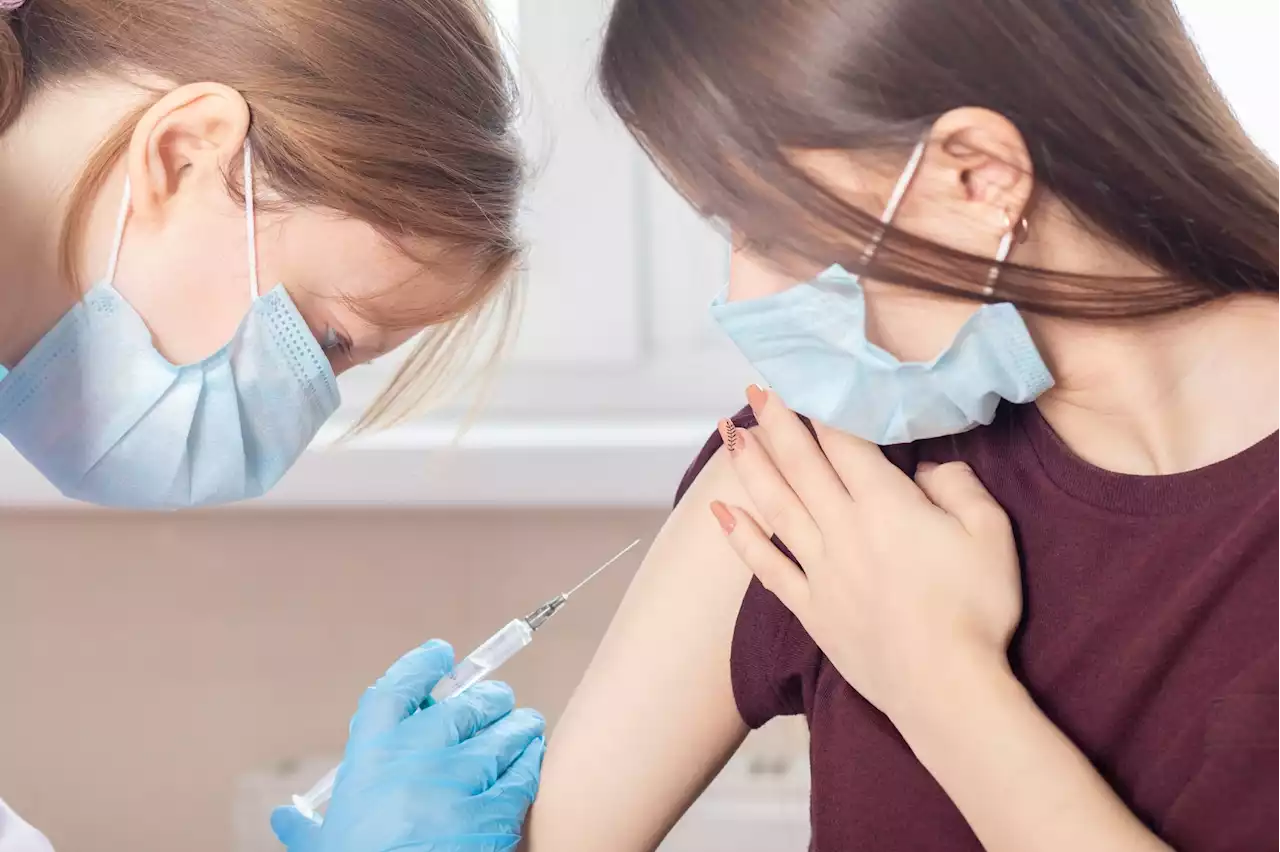 Trial tests efficacy and safety of NVX-CoV2373 COVID-19 vaccine among adolescentsIn a recent study posted to the medRxiv* preprint server, researchers in the United States described the safety, efficacy, and immunogenicity of the NVX-CoV2373 vaccine against severe acute respiratory syndrome coronavirus 2 (SARS-CoV-2), tested in PREVENT-19 — a phase 3, randomized, placebo-controlled, observer-blinded trial among 12- to 17-year-old adolescents in the United States (U.S).
Trial tests efficacy and safety of NVX-CoV2373 COVID-19 vaccine among adolescentsIn a recent study posted to the medRxiv* preprint server, researchers in the United States described the safety, efficacy, and immunogenicity of the NVX-CoV2373 vaccine against severe acute respiratory syndrome coronavirus 2 (SARS-CoV-2), tested in PREVENT-19 — a phase 3, randomized, placebo-controlled, observer-blinded trial among 12- to 17-year-old adolescents in the United States (U.S).
Read more »
